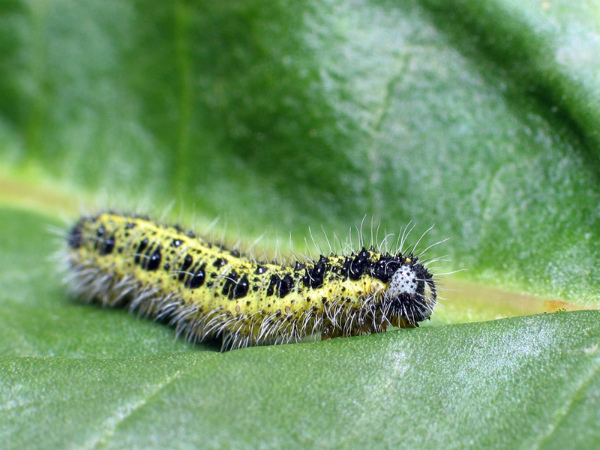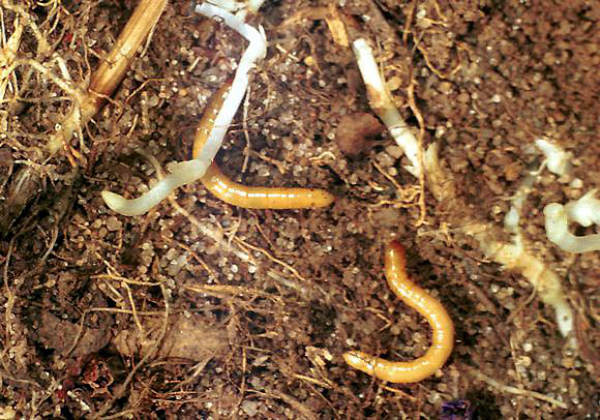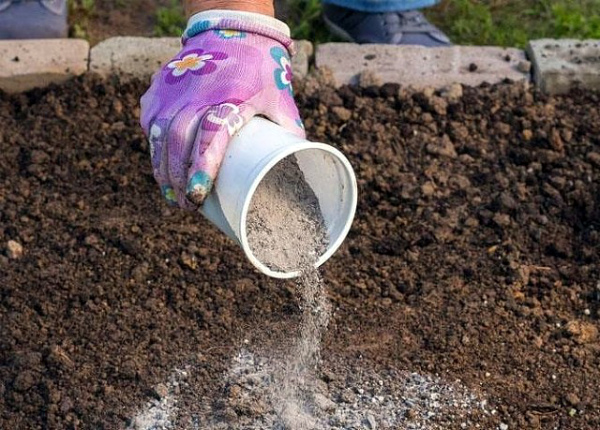What are the pests of radishes and how to deal with them
Major pests
In our latitudes, a variety of pests are common, causing a lot of trouble for summer residents. Let's look at those that are most often found in Russian gardens.
Cabbage whites and their caterpillars. An adult insect is a large white butterfly with a characteristic black border around the edges of its wings. Caterpillars are greenish-yellow in color with black spots. At first, the pests live on the underside of the leaves, gradually spreading to neighboring plants.
Cruciferous flea. This insect poses a serious danger to radish seedlings, feeding on their leaves, making many holes in them.
Cabbage moth is a gray-brown pest with a characteristic dark fringe on its wings. Insect larvae are especially dangerous for radish.
Cabbage fly (spring). Ash gray fly that poses a threat to radishes at the larval stage. Each larva looks like a small whitish worm, reaching a length of 8 mm. Actively developing larvae damage the root of the plant, which quickly dies as a result of their vital activity.
The summer cabbage fly differs from the spring one in its exceptionally more impressive size. Otherwise, these pests are almost identical in the degree of their harmfulness.
Garden scoop. This moth, being an adult, is not dangerous for radish seedlings. The main threat is not adult insects, but their larvae. Pests feed on young radish foliage, gradually eating them from the underside and leaving only a thin skeleton. And we all know that with a critical decrease in the deciduous apparatus, the plant stops developing.
Stem nematode. Both adult pests and their larvae feed on the sap of the plant, gradually leading to its drying out and death.
Wireworm. This enemy is able to eat almost the entire radish sprout. He likes all parts of the plant without exception: from the root or root crop to young greenery.
The cabbage scoop is another butterfly that is also dangerous in the larval stage. Gray-brown adult butterflies, as well as garden scoops, do not pose a danger to the beds, unlike their larvae, which live by eating the leaves of vegetable crops.
Pest control methods
Of course, the list of pests waiting for the first shoots in your beds inspires a number of fears, if not - inspires despair. But do not get upset ahead of time: modern agriculture and agricultural technology have a number of tools that can, if not completely eradicate the problem of insects in the garden, then greatly facilitate the process of combating them.
Despite the frightening list of possible pests, as well as the possible negative results of the vital activity of such insects, the fight against them, as a rule, takes place using the same means.
Most threats retreat if you apply a magical, proven remedy on the garden bed, consisting of two glasses of wood ash, 50 grams of laundry soap and 10 liters of water.Such a drug is considered especially effective if there is a struggle with a cruciferous flea.
Good results can be achieved by regular dusting of seedlings with wood ash or tobacco dust (the method is especially effective if you resort to it immediately after watering or rain).
Mustard-pepper infusion has also proven itself well: in 10 liters of water you need to add 1 teaspoon of ground pepper (red or black) and 2 tablespoons of table salt and mustard powder. Such a tool is used mainly to lime the whitewash caterpillar.
There is another, somewhat non-standard way of dealing with insects, in particular with fleas: this is the so-called sticky trap. As the main tool, a thick sheet of cardboard or paper is used, abundantly greased with starch paste. Armed with such a device, you need to go around the entire bed, holding a sheet of paper (greased side down) close to the soil surface. Insects jump up and stay on the paper, getting stuck in the sticky paste. For several walks along the beds in this way, you can organize the treatment of plantings and get rid of almost all fleas.
Of course, besides insects, there are other dangers that lie in wait for your beds, for example, radish diseases. But this is a completely different story, which we will talk about in detail in the next article.
Video "How to deal with a cruciferous flea"
The author of the video shares his way of dealing with the cruciferous flea, the most dangerous pest of cruciferous plants, including radishes.




